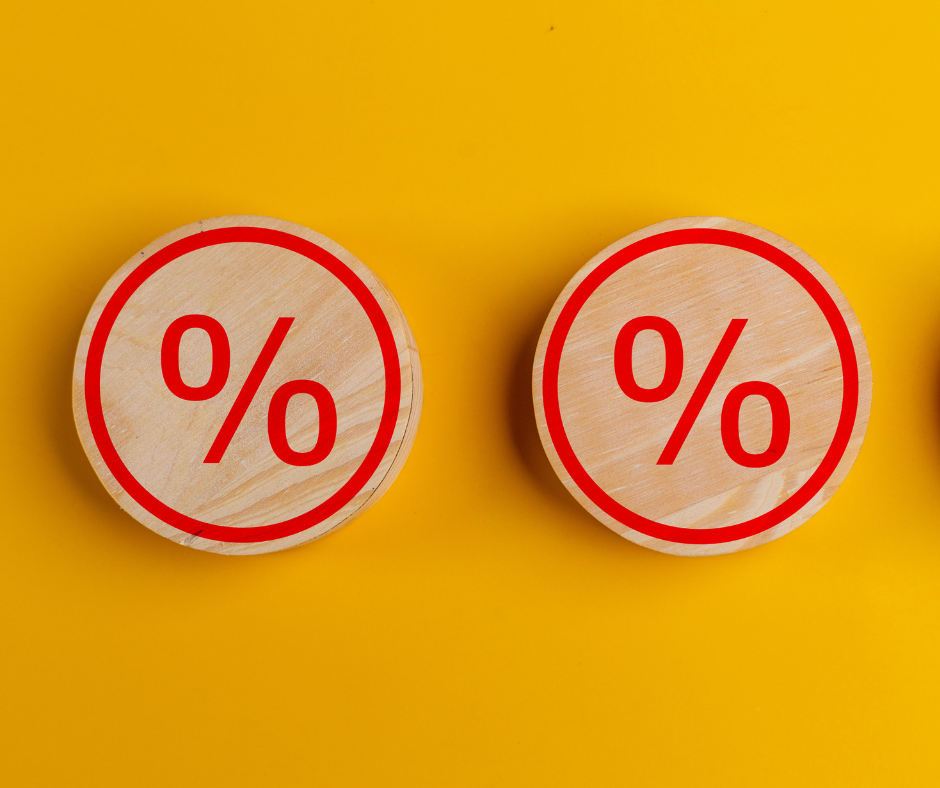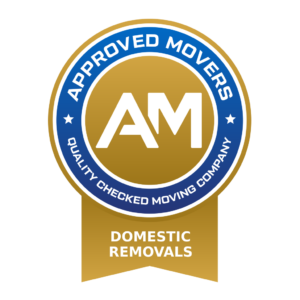
How to Reduce the Bounce Rate on Your Website
How to Reduce the Bounce Rate on Your Website
Bounce Rate is one of the most significant factors that can affect the success of your removals business website. If a large number of visitors leave your site shortly after arriving, without engaging or converting, it’s a clear sign that something is amiss. Addressing this issue promptly is crucial for your business’s growth. Even if you’ve previously attempted to reduce your website’s bounce rate, it’s always beneficial to revisit the topic and explore new strategies. Here at RemovalsPal, we’ve compiled some of the most effective methods to help you reduce the bounce rate on your website and keep your visitors engaged. Read on to learn more.
What is Bounce Rate?
The Bounce Rate represents the percentage of visitors who land on your website and leave without exploring any other pages. A high bounce rate usually indicates that your website is not effectively engaging visitors, which can lead to a lower conversion rate and may negatively impact the value of your web pages.
What Counts as a Bounce?
A bounce occurs when a visitor:
- Clicks on a link to a different website;
- Uses the ‘Back’ button to leave your site;
- Closes the window or tab;
- Types a new URL or search query;
- Experiences a session timeout (often due to hosting issues).
If you think back to your own browsing habits, you’ve likely done all these things. However, the key difference between a good bounce rate and a bad one lies in whether the visitor was engaged enough to consider a purchase or explore further before leaving.
How Does Bounce Rate Affect Your Website’s Performance?
You may wonder if there’s a specific percentage that defines a successful bounce rate. The following metrics offer a general guideline:
- Over 80%: A very poor bounce rate, suggesting significant issues with your website.
- 70–80%: A poor bounce rate, indicating considerable room for improvement.
- 50–70%: An average bounce rate that could go either way in terms of engagement and conversion.
- 30–50%: An excellent bounce rate, which should be your target.
- Below 20%: Often a sign of tracking errors and should be rechecked.
Keep in mind that these figures are general and can vary depending on your specific niche. It’s essential to analyse your competitors before setting goals for your own site. If your bounce rate is high, consider revisiting your website’s page loading speed, navigation, design, user experience, calls to action, and content quality.
15 Ways to Reduce the Bounce Rate on Your Website
Identifying a high bounce rate is only the first step. The next is diagnosing the issues and creating an action plan. Here are 15 strategies to help you improve your website and lower your bounce rate:
- Enhance User Experience Your website should be simple to navigate and visually appealing. The initial interaction a visitor has with your site greatly influences their perception of your brand. A user-friendly, visually attractive site is more likely to engage visitors and reduce bounce rates.
- Simplify Website Navigation Visitors should easily find the products, services, or information they seek. Simplified navigation ensures they stay on your site longer, reducing the likelihood of a quick exit.
- Optimise for Readability Ensure that your content is easily readable across all devices. Avoid using text that is too small or too large, and ensure proper spacing, padding, and margins to make your pages clean and easy to read.
- Minimise Popups Excessive popups can frustrate visitors and drive them away. Limit popups to essential promotions or discounts and ensure they don’t interfere with the user’s ability to explore your content.
- Position Calls to Action Strategically An engaging and well-positioned call to action (CTA) can significantly influence visitor behaviour. Place CTAs in prominent locations, such as the hero section, and ensure they are clear and direct.
- Improve Page Loading Speed Fast loading times are critical. Pages that take longer to load have higher bounce rates. Use tools to measure and improve your page speed by optimising images, using a Content Delivery Network (CDN), caching plugins, and considering a faster hosting provider.
- Implement A/B Testing A/B testing allows you to experiment with different page elements to see what works best. By testing different versions of your pages, you can optimise them for better performance and lower bounce rates.
- Create Targeted Landing Pages Landing pages are crucial for driving traffic and conversions. Each landing page should be well-crafted and designed to convert leads effectively.
- Use High-Quality Images High-quality images can make a significant difference in reducing bounce rates. Avoid generic stock images; instead, use professional photos that represent your removals business and resonate with your audience.
- Engage with Promotional Videos Short, impactful videos can capture visitors’ attention more effectively than text or images alone. Keep videos concise and focused on delivering key messages quickly.
- Leverage Customer Testimonials Positive reviews and testimonials from past customers can build trust and encourage new visitors to engage with your site. Display these prominently to reassure potential clients of your credibility.
- Develop a Content Strategy A consistent and well-thought-out content strategy is essential for keeping visitors engaged. Analyse your competitors and tailor your content strategy to suit your business’s specific needs.
- Showcase Your Authority Demonstrating your authority in the removals industry can instil confidence in potential clients. Highlight your accreditations, memberships, awards, and partnerships to build credibility.
- Retarget Users Who Leave Not all visitors will convert on their first visit. Offer a subscription form to capture their email and stay in touch, giving you a chance to re-engage them later.
- Remarket to Engaged Users Even users who engage with your content might leave without converting. Use promotional banners, CTAs, and sidebar menus to encourage further interaction and reduce bounce rates.
Final Thoughts
Understanding and reducing the bounce rate on your website is crucial for improving engagement and conversions. Start by identifying the pages with the highest bounce rates using tools like Google Analytics. Implementing these strategies will help you see a noticeable improvement in how long visitors stay on your site and how likely they are to convert. For more personalised advice, contact RemovalsPal – we’re here to help you optimise your removals company website and achieve your business goals.




